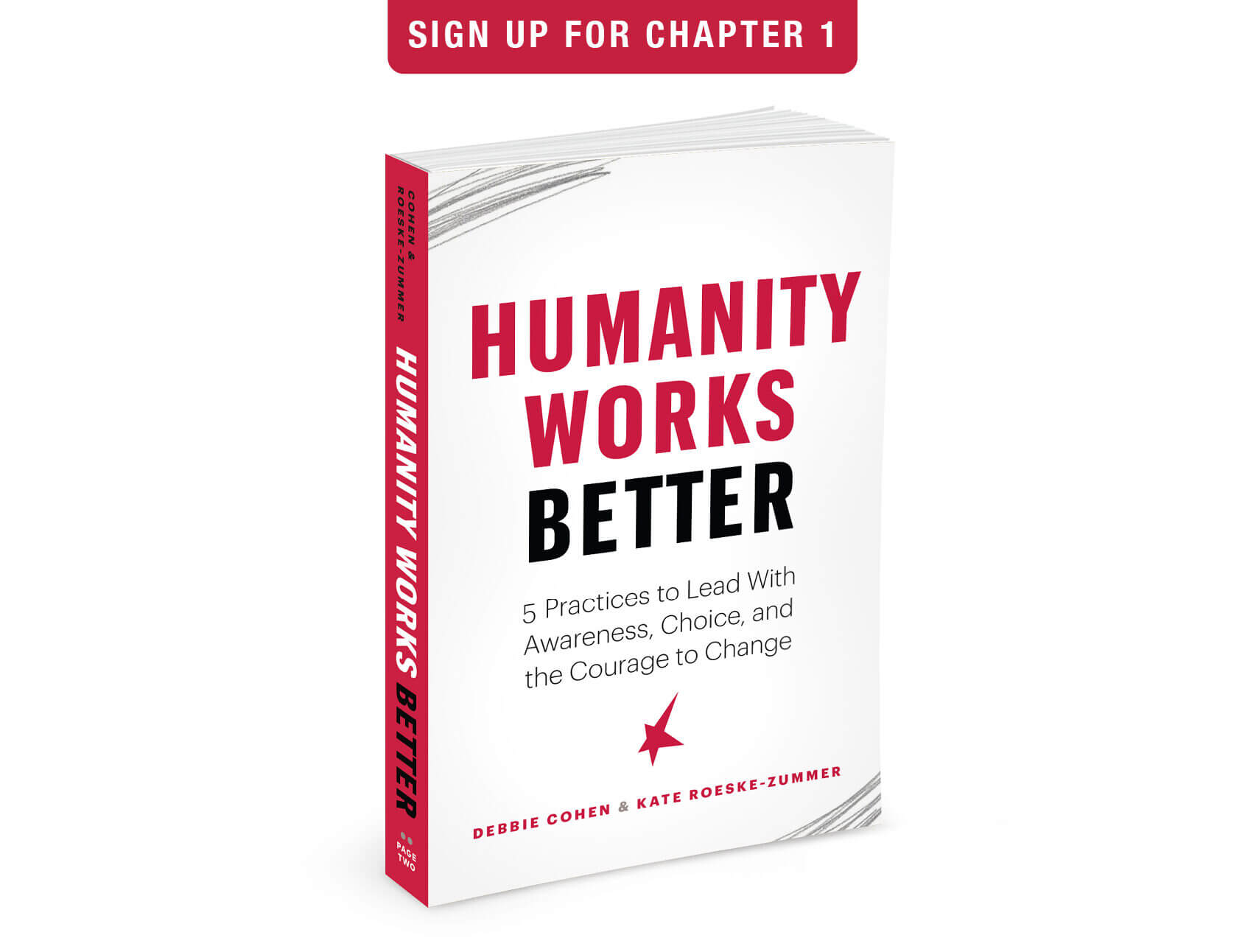
1:1s are a time for managers to connect with your people and deepen the relationship.
We’ve been having a blast (and learning a lot) hosting LinkedIn Live sessions. Each session covers “hot topics” we hear from leaders. One of our first sessions was about How to Have a Great 1:1. Here are some of the highlights from that event.
The Basics
Your managers’ job is to build healthy teams and create forward momentum with that team. One time-tested tool every manager is told to do is have regular 1:1s with their team members. But more often than not, we see people jump into the doing of a 1:1, without understanding the powerful role they play.
Here are three mistakes managers commonly make when conducting a 1:1:
- Folks don’t know what the meeting is about.
- Folks don’t know who is driving the agenda.
- Folks show up for “the meeting” and focus on the doing of work, not how the work will get done.
Mistake #1: Folks don’t know what the meeting is about.
Culture is formed through shared language, a shared understanding of how to work together to achieve business success. A lot of our work with clients is about slowing things down and making sure there is alignment between the doing of work and how you are being with one another to achieve shared outcomes.
As the manager, create hyper-transparency about the purpose of 1:1s so your direct reports know what to prepare for, what to expect, understand their role in the meeting, and know what they want to gain from the meeting.
Some tips for creating a great 1:1 structure:
- Meet regularly. Managers establish the cadence and duration; the employee owns the calendar invite.
- Make them feel seen. Always open with a check-in to build connection and gather insight into their current state of mind. Start with “how’s it going” or “what will serve you best today” rather than jumping into status reports.
- Document decisions and actions. Have a living agenda that can be updated by both parties and during the 1:1.
- Focus on forward momentum. End each 1:1 getting clear on:
- What the top priorities of the week are.
- What that helps us achieve.
- How you can best support them.
Mistake #2: Folks don’t know who is driving the agenda.
Here’s a secret. It’s not you, it’s your direct report! A great 1:1 helps unearth the roadblocks people are facing and provides a safe forum to develop new muscles so they are able to overcome what is in their way.
As the manager, your role is to:
- Let your employee know they own this time. Let them know they drive the agenda and your role is to listen for any roadblocks and help them unearth what is needed.
- Guide them. Be curious about anything that is impeding momentum (curiosity is the antidote to judgment!). Staying curious helps you learn more and creates a safe environment for your people to learn and grow.
- Use this time to strengthen your relationship. Show up every time. Canceling and rescheduling erodes trust. Stay present; shut off all other distractions; respect them with your full attention. Remember they are drafting off of your behavior – how you are with them will likely translate to how they are with others.
Mistake #3 – Folks show up for “the meeting” and focus on the doing of work, not how the work will get done.
We know. It’s easy to fall into the habit of using 1:1s for status reports and updates. That is not the purpose of a great 1:1. There are many other ways to capture project status updates.
A few tips to shift the focus of a 1:1 from status reporting to unearthing roadblocks and deepening connection:
- Start each meeting with mutual acknowledgements – one thing each person has done that had a positive impact on the other. One person goes, then it’s the other person’s turn. Imagine starting a meeting like this!
- Get curious. What is their perspective on what is working well? What do they want to celebrate? What challenges do they face? How are they thinking about approaching them?
- Seek to understand what motivates and demotivates them. Ask them!
- Refrain from fixing. Ask the question “what would serve you best right now?”
Great 1:1s are a time for managers to connect with your people and deepen the relationship. The results? You learn more about what that person needs to boost productivity and create alignment. When these meetings are done well, they are a foundational element to fostering forward momentum in your organization, and boost loyalty and engagement.
Great 1:1’s help make humanity work!
Kate & Debbie

